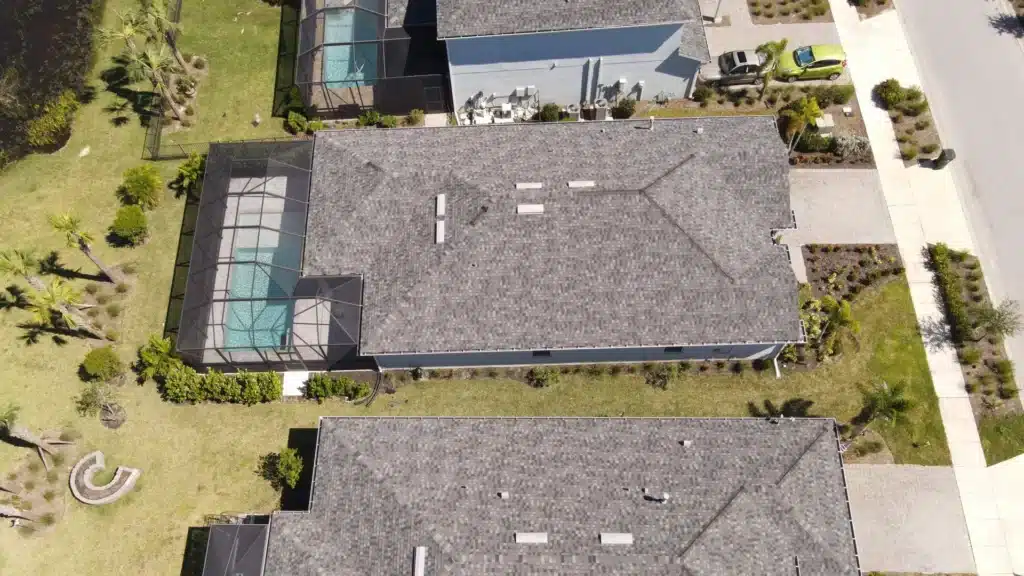
By Bret Biggart
Hurricane season 2022 officially ends this week. This year saw 14 storms big enough to be named, and two hurricanes that reached at least Category 3 status.
The most infamous was probably Hurricane Ian, a Category 4 storm that slammed into Florida in late September. The storm knocked out power for more than 4 million Floridians.
America’s “first solared-powered town” kept the lights on during Hurricane Ian

Two homes in Babcock Ranch, a new, hurricane-resilient and solar-powered community in Southwest Florida. (Photo courtesy of Paul McCreery)
Babcock Ranch, a subdivision 12 miles northeast of Fort Myers that is fully powered by solar energy, wasn’t far from where Ian made landfall. Wind speeds of more than 140 miles per hour pummeled communities throughout the region. But the houses in Babcock Ranch — and the solar panels that power them — came through the storm largely unscathed.
The neighborhood’s resilience speaks to the important role that solar power can play in protecting people and communities from extreme weather events. Solar panels, coupled with backup battery units, create a vital source of electricity when the power grid goes out during dark and deadly weather.
Solar can withstand other natural disasters alike
In Texas, 2021’s Winter Storm Uri provides a powerful reminder of the value that solar power and energy storage can play during a massive storm. Uri knocked out power for millions of Texans. But those with solar panels and batteries in wall units — and even in electric cars — could continue to generate electricity, helping to power homes as crews fixed power lines.
Texas leaders are well aware of the vital role that solar power can play in helping families and businesses recover from devastating emergencies. Right now, the Public Utility Commission of Texas is studying how these kinds of home and neighborhood-scale power systems, also known as distributed energy resources, can benefit Texas electricity customers and protect Texans from the effects of another catastrophic storm.
Solar protects from high energy bills during weather disasters
That protection also extends to weather-related bills. Winter Storm Uri racked up billions of dollars in additional electric costs for Texas consumers, and the state’s policy responses to the storm threaten to cost even more. Solar systems can help Texans lock in electricity costs, insulating them from expenses from the last storm — as well as the costs from the next one.
Solar helps keep people safe from the blackouts that come with extreme weather events. It also helps free them from the high bills that can rise even higher after a big storm. It’s a huge part of the picture as our state prepares for its future.